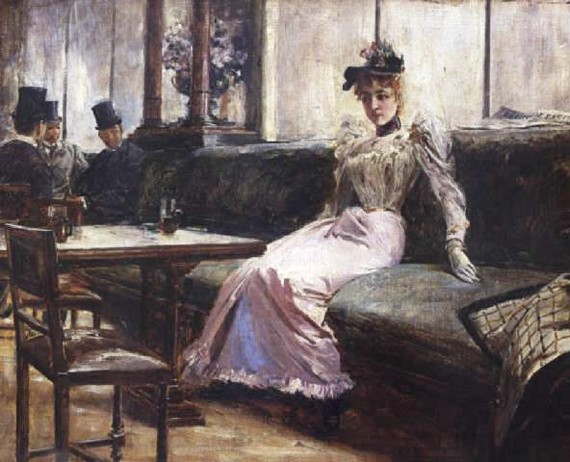Facts About The Parisian Life
"The Parisian Life" also known as "Interior d'un Café" is an 1892 oil painting by the celebrated Filipino artist and revolutionary, Juan Luna. This exquisite piece, now part of the Government Service Insurance System's collection, is proudly displayed at the National Museum of Fine Arts in Manila. Measuring 57 cm by 79 cm, this painting stands out among Luna's works from his time in Paris, where he resided from October 1884 to February 1893.
During his Parisian period, Luna's artistic style evolved to embrace lighter colors and moods, earning him acclaim in European art circles. Concurrently, he was actively involved in the Philippine propaganda movement alongside the illustrious José Rizal. However, Luna's personal life was tumultuous; he endured the tragic loss of his daughter and was embroiled in the scandal of his wife's alleged affair. This difficult period culminated tragically with Luna killing his wife and mother-in-law, leading to a sensational trial in France.
"The Parisian Life" portrays a vibrant scene inside a Parisian café, featuring Luna himself, José Rizal, and their friend Ariston Bautista Lin in conversation. The painting is rich in symbolism, blending elements of Filipino identity with Western influences. Luna's keen observation of women and his ability to capture fleeting moments are evident in this work. Additionally, the painting subtly conveys the struggles of the Philippines, symbolized by the imagery of the woman in the scene.
Originally owned by Ariston Bautista Lin, "The Parisian Life" was exhibited at the 1904 World's Fair in the United States, where it earned a silver medal. In 2002, the GSIS Museum acquired the painting, and it toured various locations in the Philippines before finding a home at the University of Santo Tomas's Museum of Arts and Sciences.
Juan Luna's life was marked by both artistic triumphs and personal hardships, and he passed away in Hong Kong in 1899. "The Parisian Life" remains a testament to his immense talent and the complex interplay between his Filipino roots and European influences.
